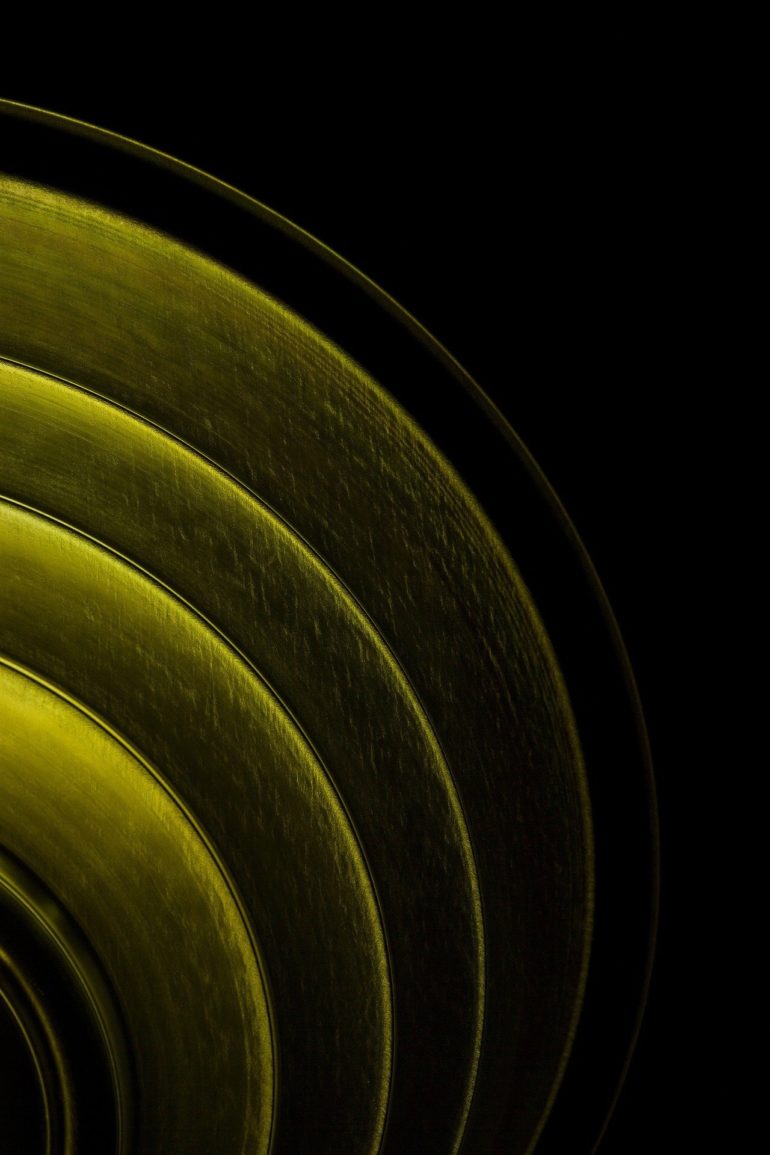Using the Australia Telescope Compact Array (ATCA) and the Atacama Large Millimeter/submillimeter Array (ALMA), astronomers have conducted a study of two magnetars known as PSR J1622−4950 and 1E 1547.0−5408. Results of this investigation, published February 4 on arXiv.org, provide important information about radio emission from these two sources.
Magnetars are neutron stars with extremely strong magnetic fields (above 100 trillion G), more than 1 quadrillion times stronger than the magnetic field of our planet. Decay of magnetic fields in magnetars powers the emission of high-energy electromagnetic radiation, for instance, in the form of X-rays or radio waves.
To date, only 24 magnetars have been discovered and only five of them showcase pulsed radio emission, including PSR J1622−4950 and 1E 1547.0−5408. PSR J1622−4950 is the first magnetar discovered in radio band, while 1E 1547.0−5408 was first detected in a supernova remnant (SNR) G327.24−0.13 and was confirmed later as a magnetar by X-ray and radio observations.
A team of astronomers led by Che-Yen Chu of the National Tsing Hua University in Hisnchu, Taiwan, decided to analyze radio spectra of these two magnetars in order to shed more light on the properties of their radio emission. The analyzed data were obtained by ATCA and ALMA in 2017.
“We investigated the radio spectra of two magnetars, PSR J1622−4950 and 1E 1547.0−5408, using observations from the Australia Telescope Compact Array and the Atacama Large Millimeter/submillimeter Array taken in 2017,” the researchers wrote in the paper.
The radio emission from PSR J1622−4950 was clearly detected from 5.5 to 45 GHz by ATCA. It showcases a steep spectrum with a spectral index of about −1.3 in the range of 5.5–45 GHz during its reactivating X-ray outburst that occurred in 2017. For this magnetar, a significant enhancement in the radio flux density has been detected, when the new results were compared with previous studies.
ATCA observations of 1E 1547.0−5408 found flux densities of 6.2 mJy at 43 GHz, 6.3 mJy at 45 GHz, 8.1 mJy at 93 GHz and 9.0 mJy at 95 GHz. The spectrum is fit with a power-law and the researchers found a positive spectral index of approximately 0.4. The magnetar showcases an inverted spectrum from 43 to 95 GHz, what indicates a possible spectral peak at high frequency (few hundred GHz). Moreover, the long-term X-ray light curve of this magnetar shows that the absorbed X-ray flux has gradually decreased since the 2009 outburst but the flux level in 2017 remained much higher than the lowest flux level in 2006.
In general, the research found that both PSR J1622−4950 and 1E 1547.0−5408 may have different emission mechanisms at cm and sub-mm band, what results in double peak spectra with peaks at a few GHz and a few hundred GHz. The study also delivered important information that could improve our understanding of emission from magnetars and magnetar-like radio pulsars.
“We further obtained the X-ray and radio data of radio magnetars and a magnetar-like radio pulsar from literature and found, for the first time, that the rising time of radio emission is much longer than that of X-ray emission in some cases of magnetar outburst,” the authors of the paper concluded.
X-ray and radio bursts detected from magnetar 1E 1547.0–5408
More information:
High Frequency Radio Observations of Two Magnetars, PSR J1622−4950 and 1E 1547.0−5408, arXiv:2102.02466 [astro-ph.HE] arxiv.org/abs/2102.02466
2021 Science X Network
Citation:
Observations inspect radio emission from two magnetars (2021, February 10)
retrieved 10 February 2021
from https://phys.org/news/2021-02-radio-emission-magnetars.html
This document is subject to copyright. Apart from any fair dealing for the purpose of private study or research, no
part may be reproduced without the written permission. The content is provided for information purposes only.



